Garden Design Inspiration: From Perennial Gardens to Pollinator Havens
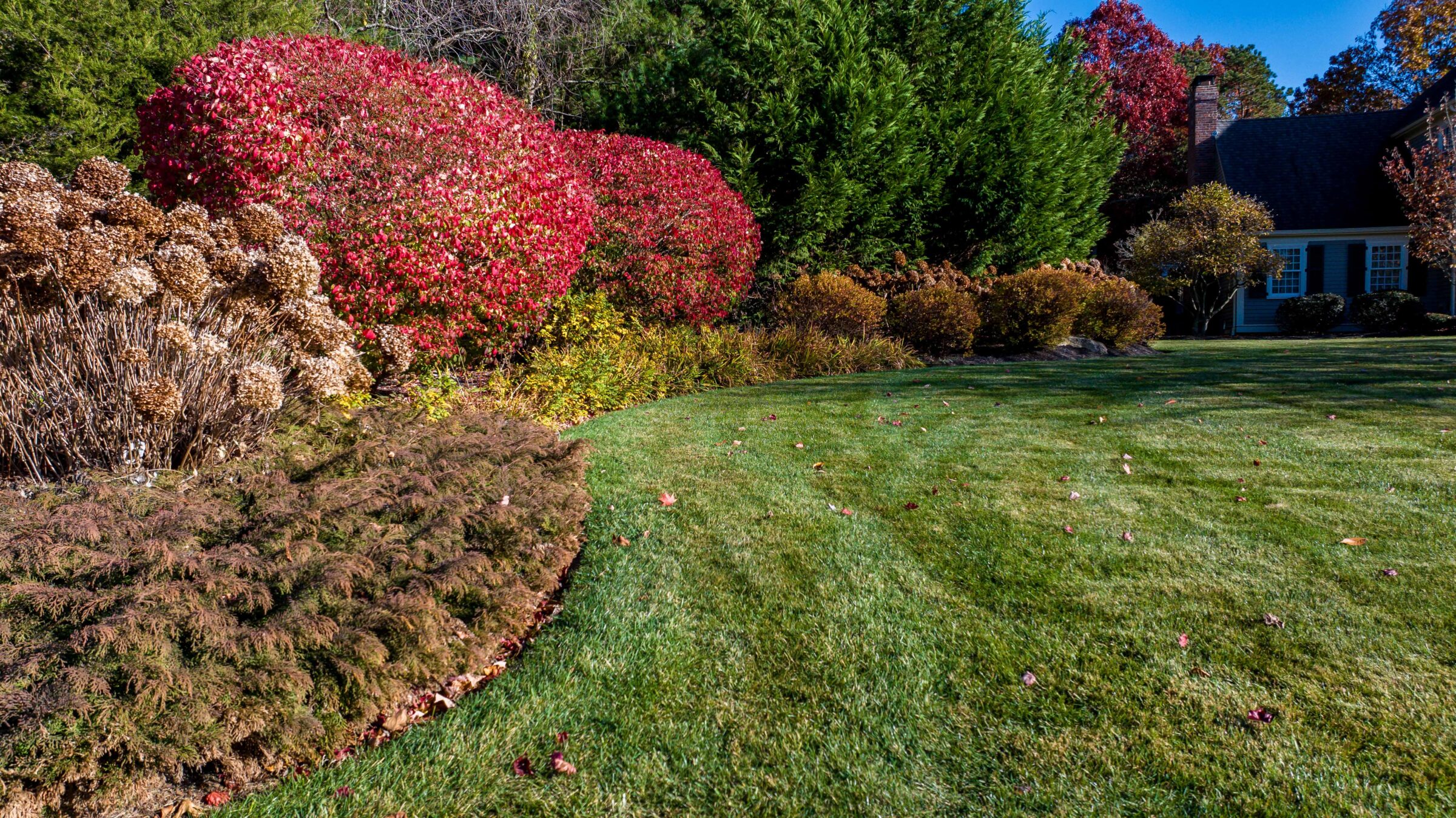
Every homeowner wants a yard that feels welcoming, but figuring out how to design garden beds can be overwhelming. You may find yourself staring at empty soil or an overgrown patch and wonder how to make it more inviting. Without a plan, the space may look unbalanced or require more care than you can manage.
It can be discouraging when you try a few plants, only to see them fade after one season. Or perhaps you’ve struggled with layouts that don’t match your lifestyle. Many in Wareham, Plymouth, and Cape Cod face the same challenges, especially with coastal weather and sandy soil that limit plant choices.
The good news is that garden design ideas don’t have to be complicated. With a thoughtful approach, you can create perennial displays, pollinator-friendly spaces, or even garden beds that produce food alongside flowers. This blog explores practical and inspiring ideas to help you design a yard that feels personal, works with your environment, and remains enjoyable year after year.
How Can Garden Design Ideas Bring Your Yard To Life?
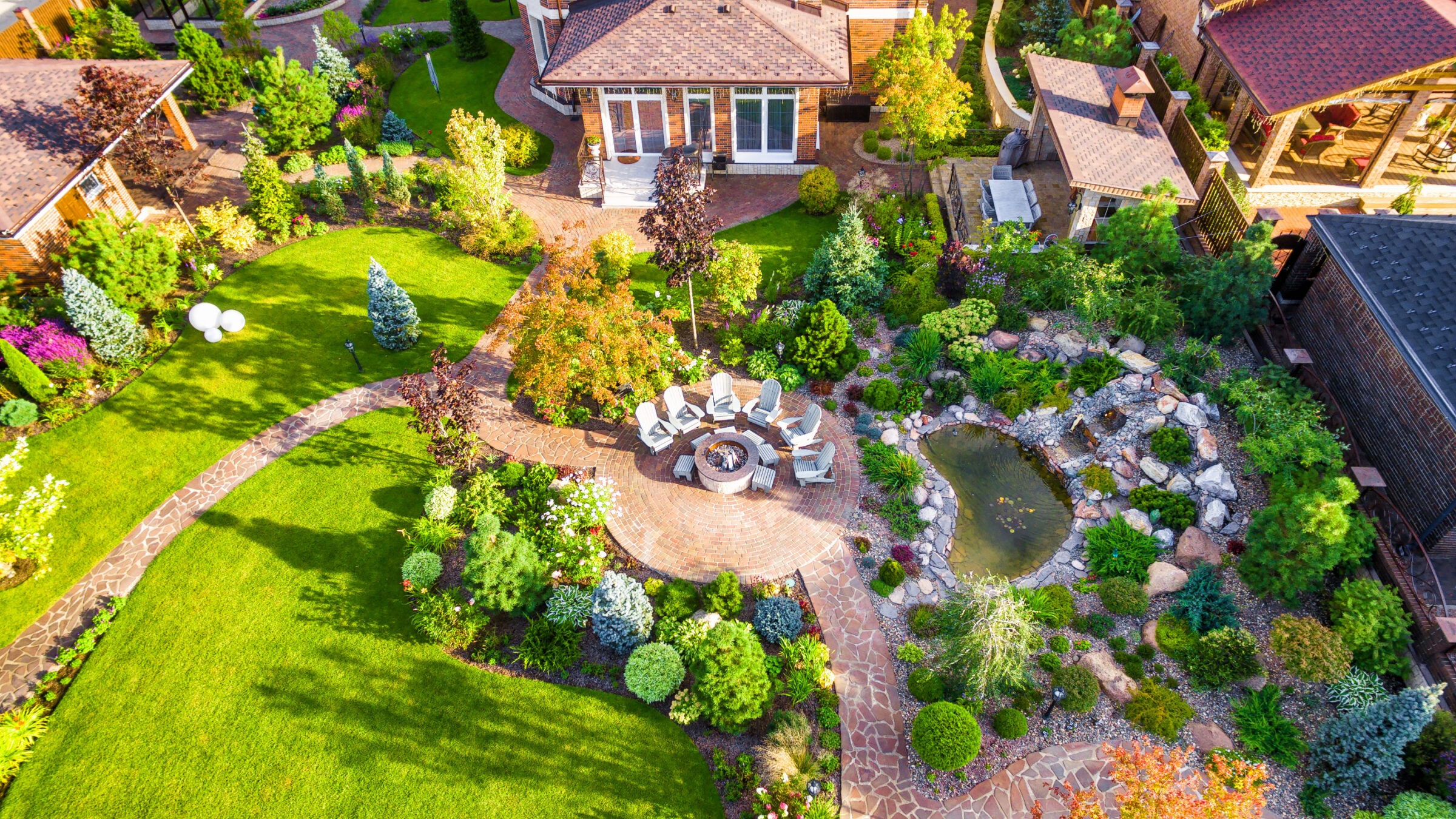
Garden design ideas give your outdoor space purpose and structure. Without a plan, it’s easy to scatter plants at random, which can leave your yard looking unbalanced and difficult to maintain. By starting with design principles, you bring flow and harmony to your property, turning it into a space that feels organized and welcoming.
Design begins with defining how you want to use the area. Do you picture a quiet retreat for reading in the shade, or a colorful front yard that greets neighbors? Once you know the goal, it’s easier to make choices that fit. Pathways, focal points, and layered planting beds help guide the eye through the yard while providing natural order.
Color and texture play a big role as well. Combining bold blooms with softer greenery creates contrast, while repeating certain plants ties the design together. In Wareham, Plymouth, or Cape Cod, you’ll also want to consider local conditions such as sandy soil, salt air, and changing seasons. Choosing plants that thrive in your environment reduces effort and keeps your garden vibrant.
With thoughtful planning, your garden becomes more than a collection of plants, it becomes an extension of your home that you can enjoy year after year.
What Perennial Garden Design Works For Seasonal Color?
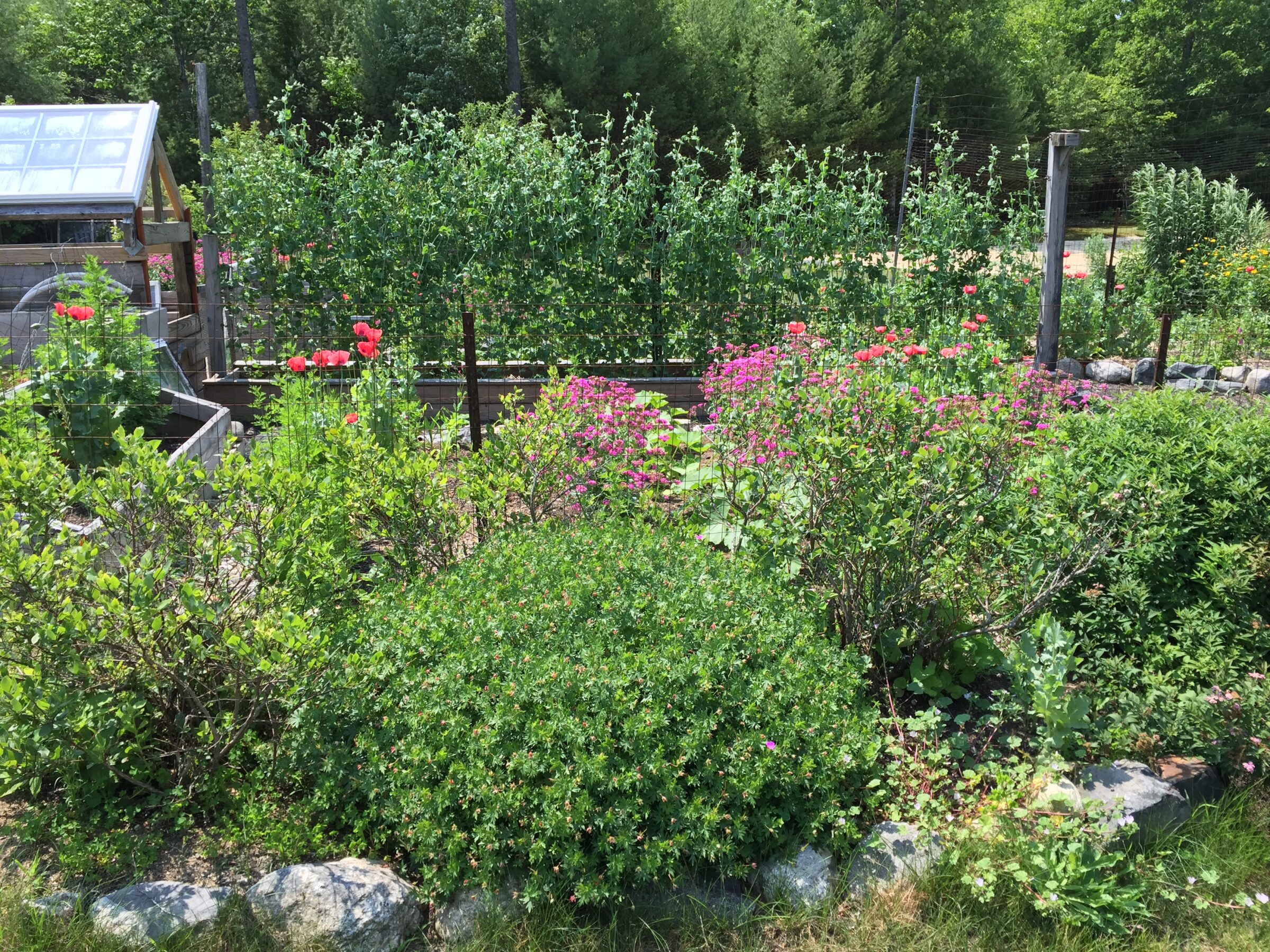
A perennial garden design saves you from replanting each year while offering steady beauty. The key is to select perennials that bloom in different seasons so your beds never look bare. A layered design with tall plants in the back and smaller ones in front keeps the layout organized. In Cape Cod and across the South Shore, perennials are a popular choice because they stand up to coastal weather while returning reliably.
Early Spring Interest
Early spring sets the tone for the growing season, and perennials like daffodils and tulips are dependable choices. Their bright yellow, white, and red blooms break through after months of cold, signaling the start of new life in your yard. When grouped in clusters, these flowers make a strong impact and pair well with low-growing groundcovers that help fill bare soil. In Wareham and other New England towns, early bloomers thrive even in cooler temperatures, making them an excellent way to bring energy back into the garden after winter.
Summer Highlights
Summer is the season when a perennial garden truly shines. Coneflowers, daylilies, and black-eyed Susans provide long-lasting color and can handle the heat of July and August. Their bold blooms also attract pollinators, adding activity and movement to your beds. Planting them in repeating patterns across your garden ensures a balanced look and keeps the design cohesive. In Cape Cod and Plymouth, these perennials perform well in sandy soils with proper care, rewarding you with months of bright, resilient flowers that don’t fade quickly in the summer sun.
Fall Extension
As summer fades, many yards risk looking bare, but perennials like asters and ornamental grasses extend color well into autumn. Asters come in shades of purple and blue, offering a striking contrast against the fading greens of late-season foliage. Ornamental grasses, with their golden plumes, add texture and motion, especially when breezes roll in from the coast. In Plymouth and across the South Shore, these plants ensure your yard remains lively, even as temperatures drop. A well-planned fall garden prevents a dull finish and keeps your outdoor space inviting until frost.
By planning for seasonal shifts, you enjoy beauty across the calendar, not just for a few short weeks.
Which Flower Garden Ideas Add Charm & Variety?
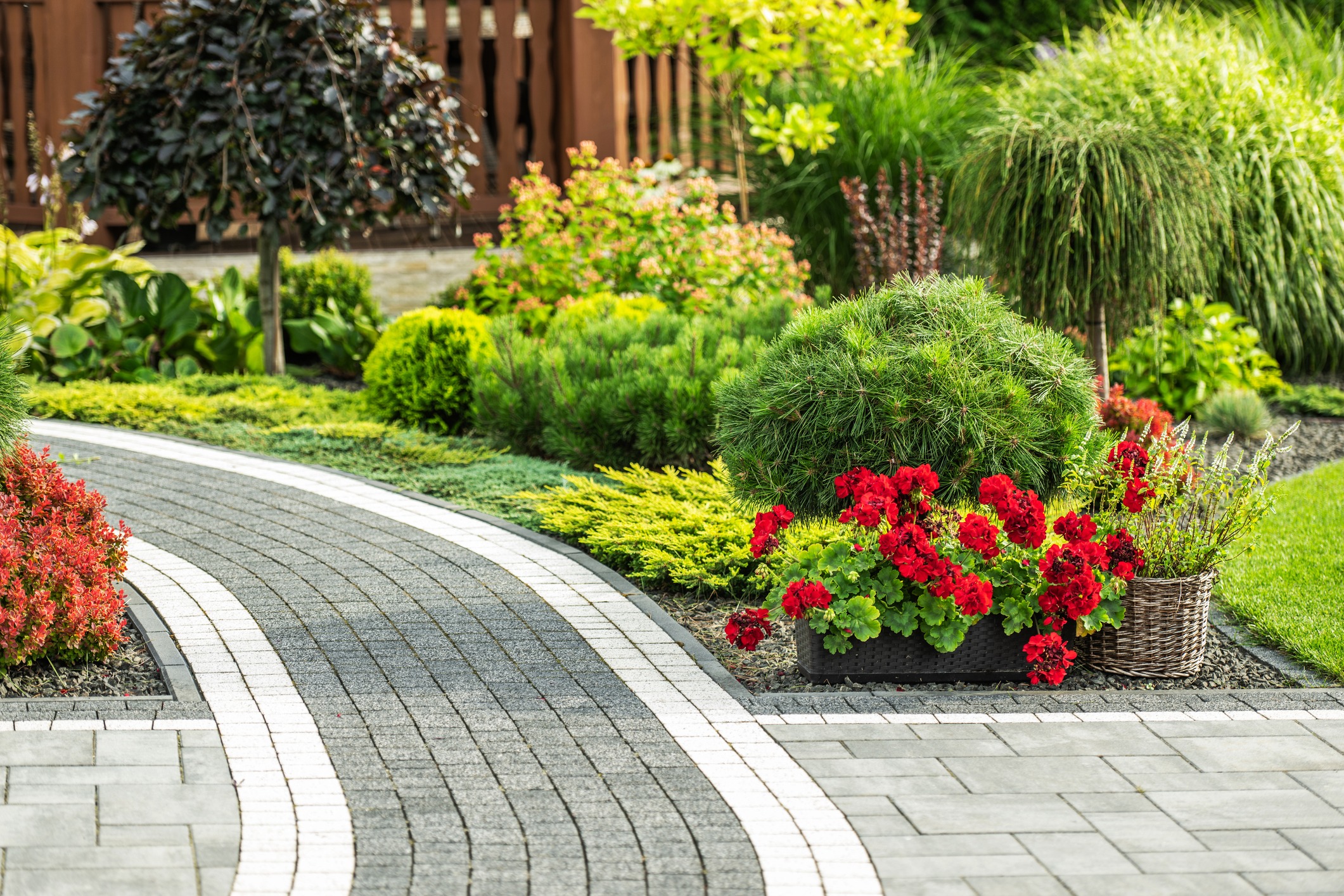
Flower garden ideas give you the chance to experiment with color, scent, and variety. Annuals provide quick impact, while perennials ensure structure year after year.
Consider these approaches:
- Color themes: Choose calming pastels or bold warm tones to set the mood.
- Layered beds: Mix tall and short flowers for depth and natural flow.
- Fragrance: Lavender, roses, and lilies bring scents that enhance the garden experience.
In Wareham or Plymouth, mixing herbs among flowers is common. Lavender pairs well with pollinator-friendly blooms, offering fragrance and function. Cottage-style gardens, popular on the South Shore, allow plants to intermingle for a relaxed, inviting look. With the right mix of plants and layout, your flower beds become both charming and practical.
How Do Pollinator Garden Ideas Support Nature & Beauty?
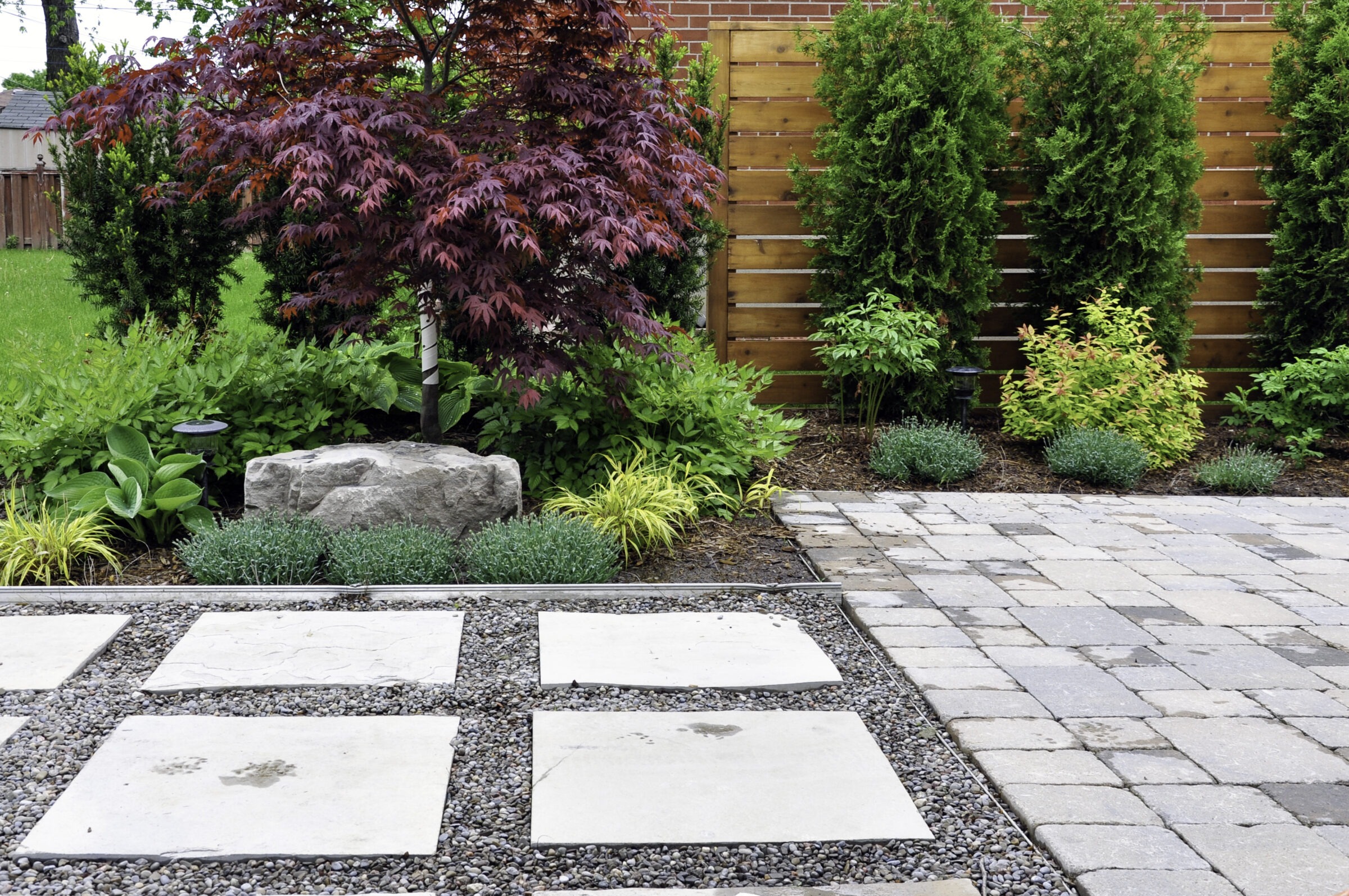
Pollinator garden ideas support bees, butterflies, and hummingbirds while adding color and movement to your yard. These gardens are especially helpful in New England, where native plants thrive and attract local species.
Pollinator gardens also benefit vegetable and fruit production by improving pollination rates. When you design with pollinators in mind, you contribute to biodiversity and make your garden part of a larger ecosystem.
- Native Plants Are Best. Species like milkweed, bee balm, and goldenrod thrive in Wareham and Plymouth, providing natural food sources.
- Seasonal Blooms Keep Pollinators Fed. A mix of spring, summer, and fall bloomers ensures food throughout the year.
- Clusters Work Better Than Singles. Grouping flowers in bunches makes it easier for insects to find and use them.
- Add Water Features. Shallow birdbaths or small fountains give pollinators a reliable place to drink.
By weaving these features into your garden design ideas, you enjoy a colorful, active space while helping sustain vital species.
Can Landscaping Ideas For Garden Beds Mix Food & Ornamentals?
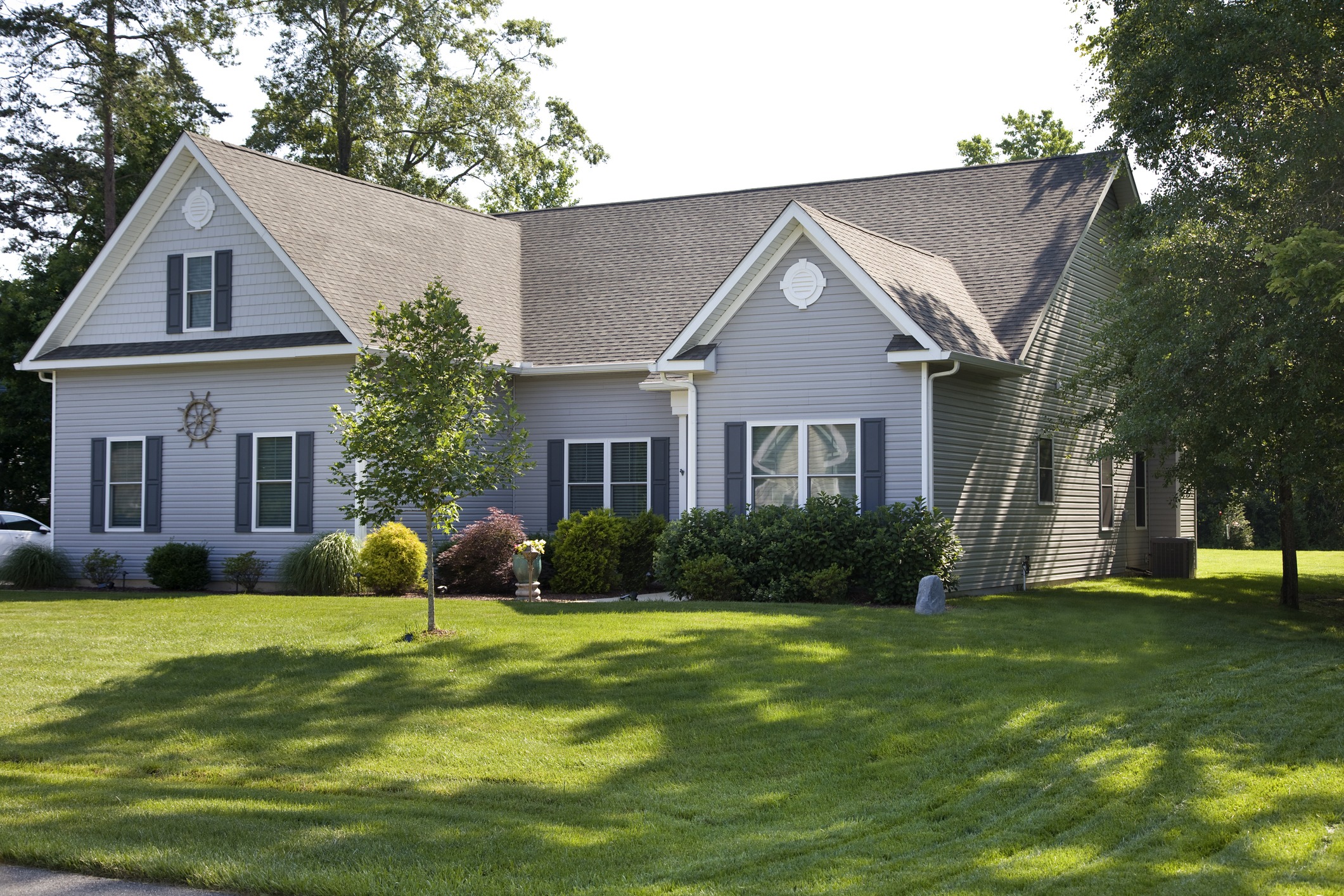
Yes, landscaping ideas for garden beds can combine beauty and utility. Edible landscaping blends vegetables, herbs, and fruits with flowers, allowing your garden to feed your family and please the eye.
Tomatoes paired with marigolds deter pests while adding color. Kale or chard planted alongside zinnias creates bold textures. Strawberries along bed edges offer ground cover and tasty harvests. In Cape Cod, blueberries thrive in sandy soils, serving as both ornamental shrubs and a food source.
This approach works especially well for small yards. Each bed does double duty, providing both harvest and visual appeal. By layering edible and ornamental plants, you build beds that look attractive while remaining practical.
How Can Shade Gardens & Water Gardens Add Creative Themes?
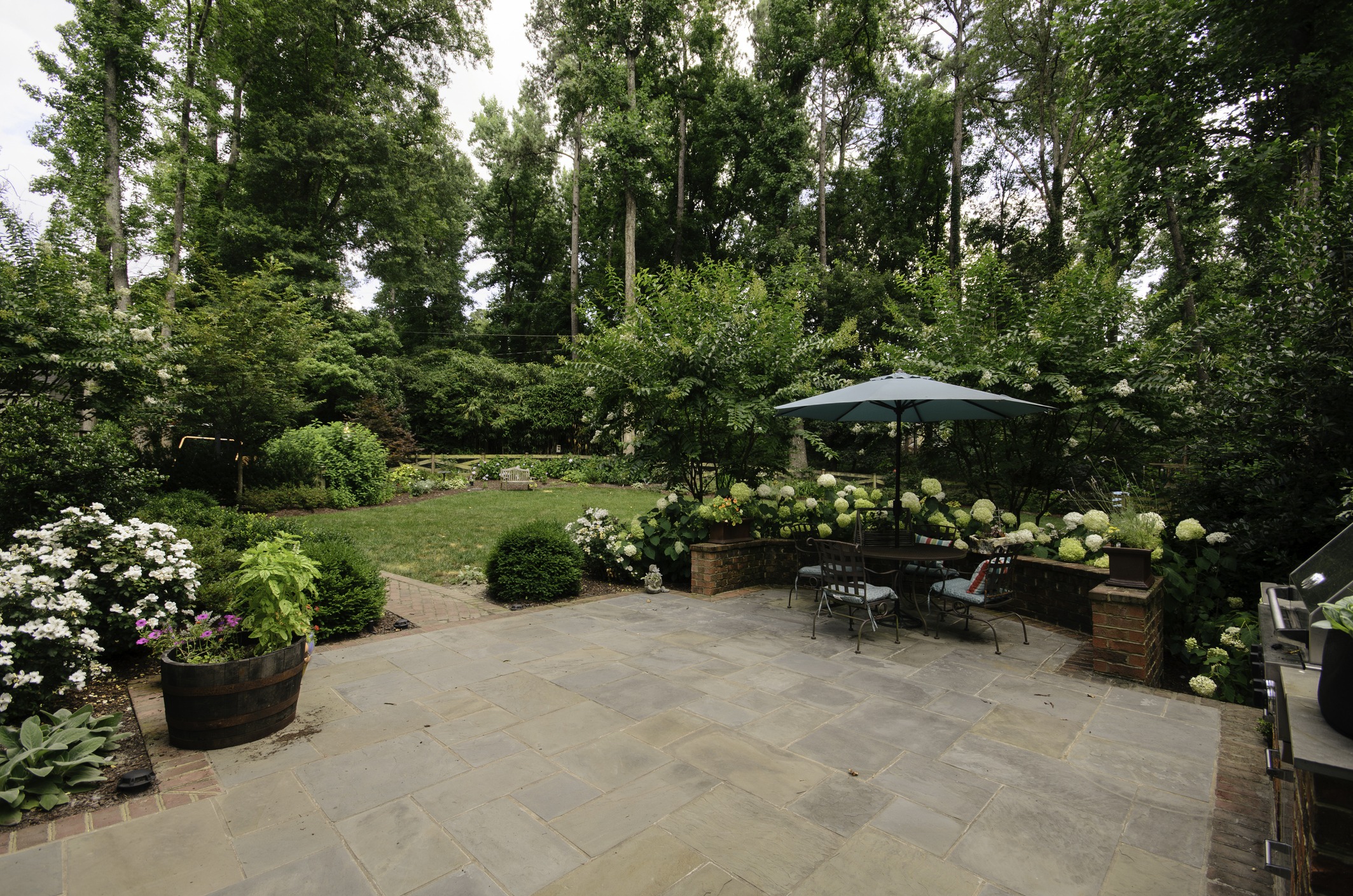
Not every garden has full sun, and shaded corners often get overlooked. Garden design ideas for shady spots can create cool retreats, while water features bring sound and movement to the landscape.
Shade Garden Approaches
Shade gardens rely on plants that thrive without direct sunlight, creating lush textures. Hostas, ferns, and astilbes provide depth and greenery. In Wareham and Plymouth, shade gardens offer cool spaces on hot summer afternoons.
- Layer textures with broad hosta leaves and airy ferns.
- Add color with astilbes or impatiens that brighten shaded spots.
- Create structure with pathways or seating areas tucked into the shade.
Water Garden Approaches
Water gardens, even small ones, add tranquility. A pond or fountain attracts birds and supports aquatic plants. Coastal homeowners in Cape Cod often choose container water gardens for easier care.
- Use native aquatic plants like pickerelweed or water lilies.
- Add sound with a bubbling fountain or small waterfall.
- Blend edges with grasses and perennials for a natural look.
Together, shade and water gardens add variety to your yard, turning unused areas into highlights.
Why Trust Landscapes By D&J For Your Garden Design Ideas?
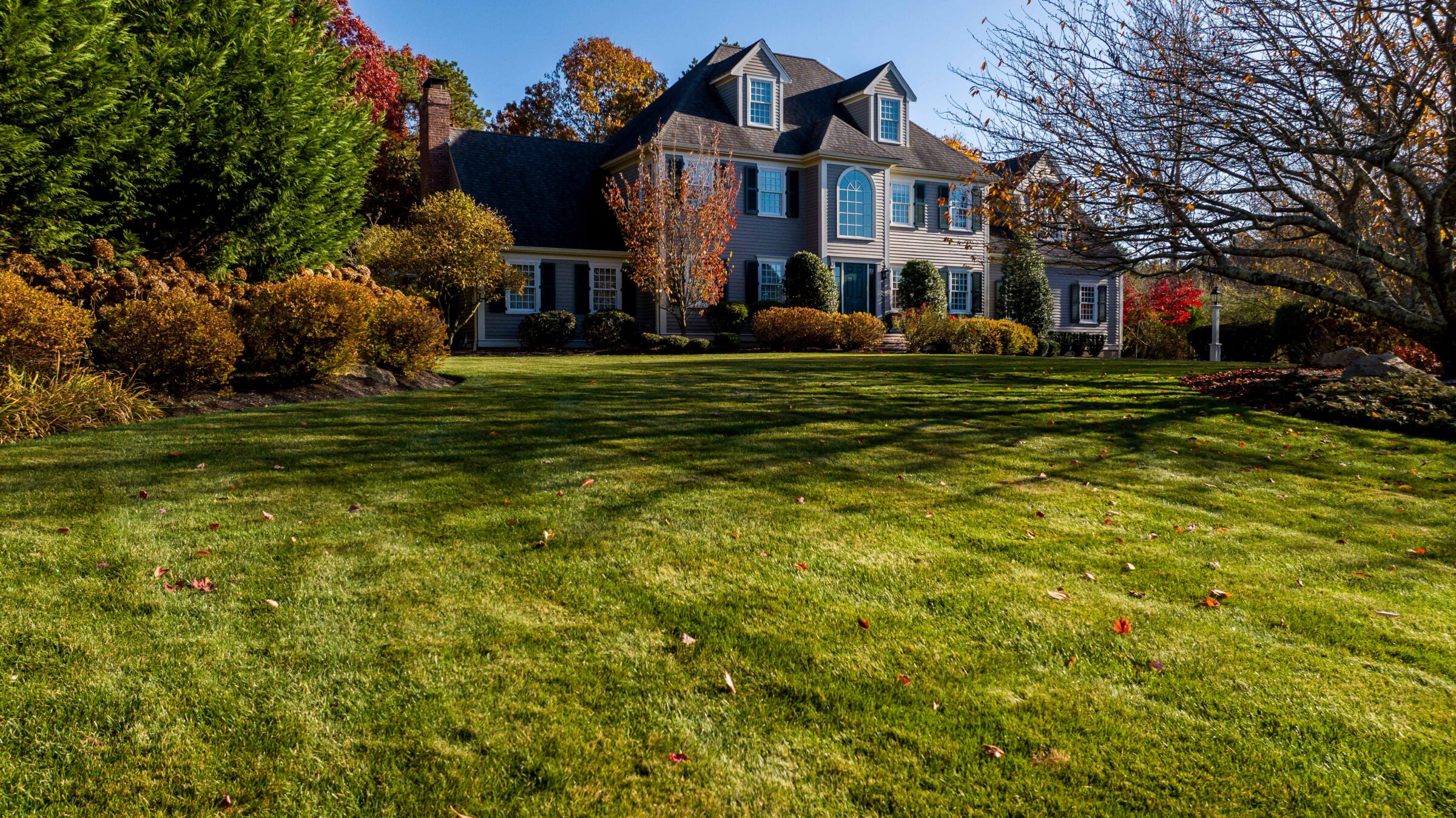
At Landscapes by D&J, we believe your yard should reflect your goals and lifestyle. Our consultative approach means we listen before we suggest, ensuring your design matches what matters most to you.
With fixed price construction and maintenance, you know costs upfront. There are no surprises and just dependable service. Our near-new equipment keeps projects efficient and minimizes disruption to your home. Professionalism and pride guide us from the first conversation to the final detail.
We understand the challenges of making ends meet because our roots are in hardworking families. That’s why fairness and honesty shape the way we work. Every project, no matter the size, receives full attention.
When you’re ready to explore new garden design ideas, our team is here to help you build spaces that are practical, beautiful, and lasting. Request a quote today and Landscapes by D&J will start planning a garden that brings joy for years to come.
Summary
This blog highlights garden design ideas to inspire your yard. It explores flower garden ideas, perennial garden design, pollinator garden ideas, and landscaping ideas for garden beds. Shade and water gardens add creative themes, while edible landscaping blends beauty with function. Whether you live in Wareham, Plymouth, or Cape Cod, these approaches make gardens more personal and rewarding. Landscapes by D&J brings professional support to ensure every yard is designed with care and experience.
Tags:
